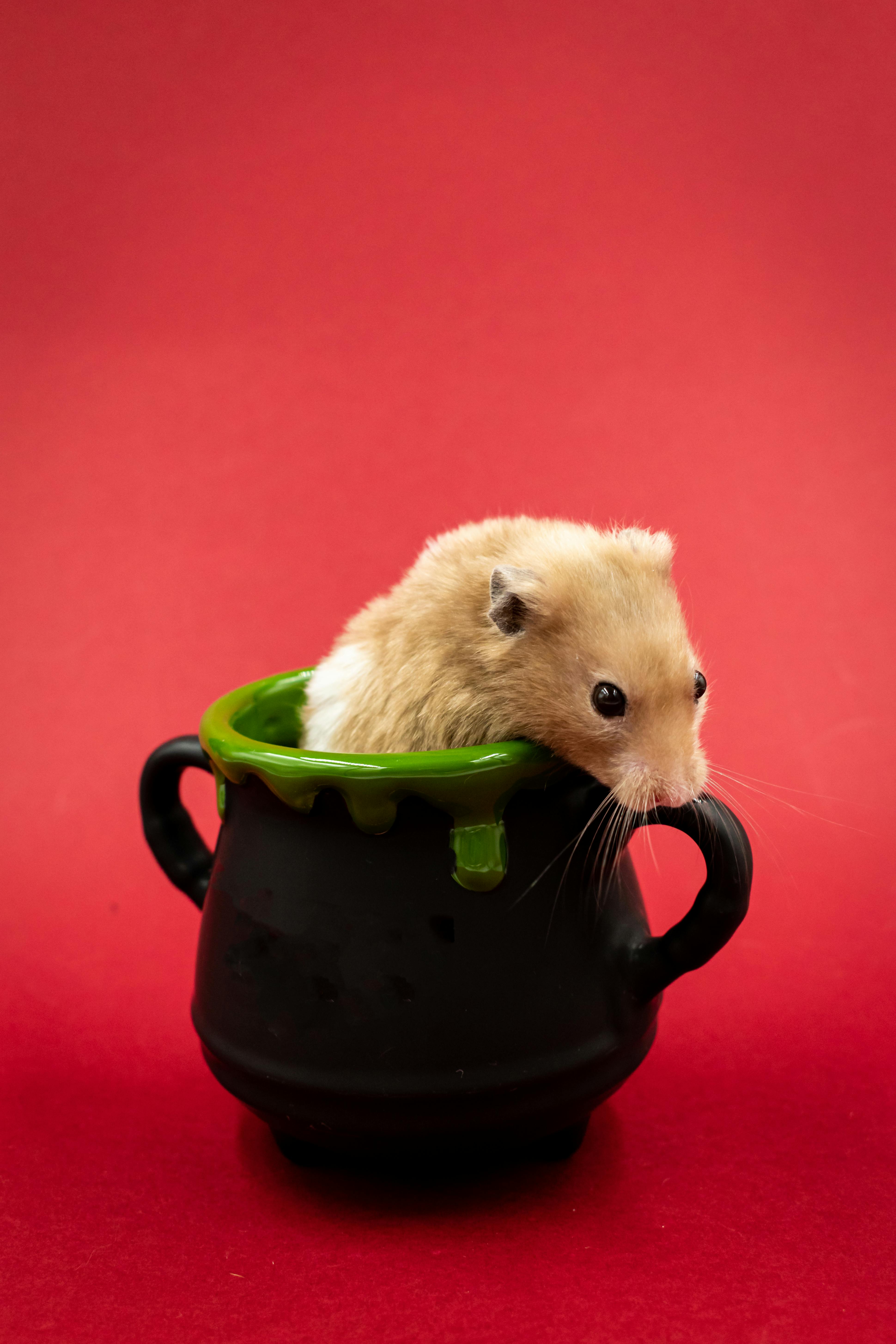Smart Ways to Optimize Your 125 Gallon Fish Tank for a Healthy Aquarium in 2025


Setting Up Your 125 Gallon Fish Tank
When it comes to **fish tank setup**, planning is essential for achieving a thriving aquatic environment. A 125 gallon fish tank offers plenty of space, but it also requires careful consideration of various factors, including water chemistry and decor. Begin with choosing the right **aquarium size** and equipment such as **aquarium filters** and heaters. Make sure to select a stand that can support the tank's weight, ideally with a few centimeters of clearance to accommodate easy maintenance.
Choosing the Right Fish for Your Tank
Before you populate your fish tank, it's crucial to consider the right **aquarium fish species** for your 125 gallon environment. This tank size is ideal for larger species such as cichlids or community fish groups that thrive together, like tetras and barbs. Always check for **fish compatibility** and ensure the species you choose can comfortably cohabit without stressing each other. For greater success, consider utilizing a **fish tank stocking calculator** to help gauge optimum fish numbers for a balanced ecosystem.
Essential Equipment for Your 125 Gallon Aquarium
A well-optimized **125 gallon fish tank** should include high-quality equipment that ensures a stable environment. This includes selecting a reliable **aquarium filtration system**, which plays a pivotal role in maintaining water quality. Invest in a filtration system that fits the tank's size and ideally provides both mechanical and biological filtration. Additionally, understand your tank's requirements for heating; an **aquarium heater** needs to be appropriately sized to maintain ideal water temperatures.
Fish Tank Decoration and Landscaping
Worried about how to choose fish tank decorations? Incorporating **aquarium plants** and suitable substrates like **fish tank gravel** can enhance the visual appeal of your 125 gallon fish tank while benefiting your fish. Live plants not only provide aesthetic value but also improve water quality by absorbing waste. You can create hiding spots using decorations and plants, contributing to the **aquarium environment's** harmony. Remember, avoid overcrowding the tank with decor, which can stifle swimming space for your fish.
Maximizing Water Quality in Your Aquarium
A major factor in healthy **fish tank maintenance** is consistent management of water quality parameters. Regularly testing your water for parameters like pH, ammonia, nitrate, and nitrite levels is vital. Understanding **fish tank water quality** ensures that your aquatic pets live in a balanced environment where they can thrive. It is advisable to perform regular water changes to maintain clean water and keep pollutants low.
Understanding Fish Tank Water Levels
Monitoring your **fish tank ammonia levels** is key to preventing potential health hazards. Ammonia spikes are often the result of fish waste or decaying food. Utilize a **fish tank water testing kit** to consistently check these levels, especially after initial stocking. During the cycling process, keeping ammonia levels below 0.25 ppm is crucial for your tank’s ecological balance.
Water Filtration and Conditions
Utilizing the right **fish tank filter media** is a must, as it contributes to the tank's overall health. Use a combination of mechanical, chemical, and biological filtration media to address all possible pollutants. Changing the filter media according to the manufacturer's recommendations will help maintain optimal filtration performance. Moreover, incorporate **fish tank water conditioners** to break down harmful chemicals found in tap water before adding it to your tank.
Managing Overall Tank Chemistry
Every successful **freshwater aquarium** or **marine aquarium** requires a stable chemistry balance. For most tenant species, ideal water parameters usually include a pH range between 6.5 to 7.5. Always strive to gradually change water settings through additive adjustments instead of sudden shifts that can destabilize your community. This holistic understanding of **aquarium water parameters** leads to a healthier habitat.
Effective Fish Tank Maintenance Practices
Regular **aquarium maintenance** is non-negotiable for achieving a successful setup. Create a scheduled routine for cleaning the tank, feeding schedules, and equipment checks to ensure optimal health for your aquatic life. Developing a comprehensive **fish tank maintenance schedule** emphasizes the importance of vigilance to avoid common pitfalls and aquarium disasters.
Routine Cleanings and Upkeep
Cleaning your **125 gallon fish tank** involves not only replacing water but also dealing with algae growth. Utilize proper **aquarium cleaning tools** such as algae scrapers and siphons to withdraw debris and waste efficiently. Schedule detox tasks of removing uneaten food and periodic checking for signs of **aquarium fish diseases** or abnormal behaviors. Regular cleanings will help keep fish stress levels low, contributing to a happier aquarium.
Ensuring Biological and Chemical Stability
Develop effective methods for maintaining your tank's **chemical stability**. Make use of products to test **fish tank water chemistry** regularly and adjust accordingly. This includes properly introducing new fish slowly to prevent shocking the existing ecosystem, which can lead to **fish tank immigration** issues. Larger tanks like the 125-gallon may take longer to cycle, so patience and attention are necessary during this process.
Optimizing Feeding Practices
Establish a balanced **fish tank feeding schedule** to boost the health of your aquatic community. Overfeeding can cause waste buildup, leading to significant spikes in toxic substances like ammonia. Consequently, tailoring your feeding techniques will not only enhance fish well-being but also contribute to manageable **fish tank health management**. Be mindful of individual fish size and dietary requirements, aiming to feed suitable **aquarium fish food** for species you are keeping including grains and flake-food combinations.
Key Takeaways
- Focus on selecting compatible fish for your 125 gallon fish tank.
- Regularly test and monitor your **fish tank water quality**.
- Establish a consistent cleaning and maintenance schedule.
- Incorporate **live plants** and decorations mindfully to foster a balanced ecosystem.
- Optimize your aquarium setup by investing in quality filtration and heating equipment.
FAQ
1. What is the ideal temperature for a 125 gallon fish tank?
The perfect temperature largely depends on your chosen fish species but generally, maintaining it between 74°F to 78°F for tropical species is recommended. Always check specific temperature requirements tailored to your **aquarium fish species**.
2. How can I manage algae growth in my fish tank?
Algae growth can be managed via routine cleaning, controlling light exposure, and ensuring proper water conditions. Utilize **fish tank algae control** methods such as adding effective algae eaters or using UV sterilizers to keep growth in check.
3. What are some beginner tips for setting up a large aquarium?
Start by researching the right **fish tank equipment** and plants suitable for beginners. Keeping familiar fish species and simplifying your clean-up routine can facilitate a smoother setup. Don’t forget to give your aquarium time to cycle before fully stocking.
4. How often should I change the water in my 125 gallon tank?
Perform a partial water change of 20-25% weekly to maintain optimal conditions. Frequent checks on **fish tank ammonia levels** and other parameters will guide necessary adjustments in your water change routine.
5. Which plants are best for a freshwater 125 gallon aquarium?
Some great options are Amazon Sword, Java Fern, and Anubias. Choose plants that not only enhance the aesthetics of your **125 gallon fish tank** but also provide functional benefits related to oxygenation and algae reduction.
6. How do I introduce new fish to my aquarium properly?
To avoid stress or shock, it is recommended to float sealed bags containing the new fish in the tank for about 15-20 minutes before releasing them. Ensure proper acclimatization, and always monitor **fish tank water chemistry** for significant changes.
